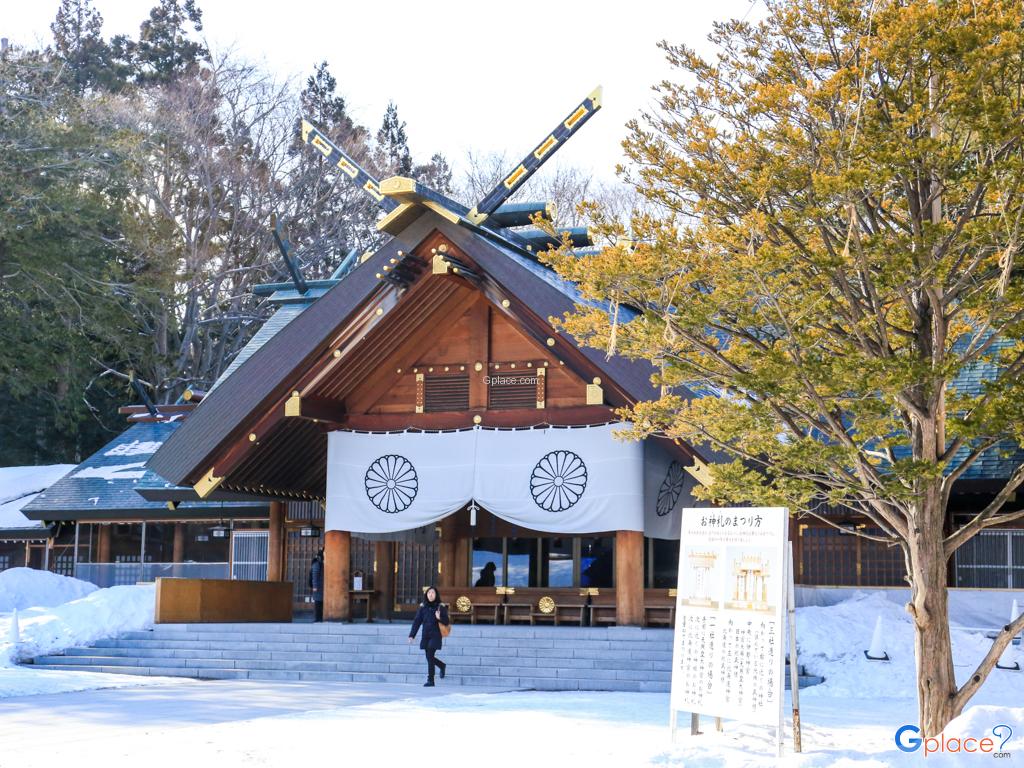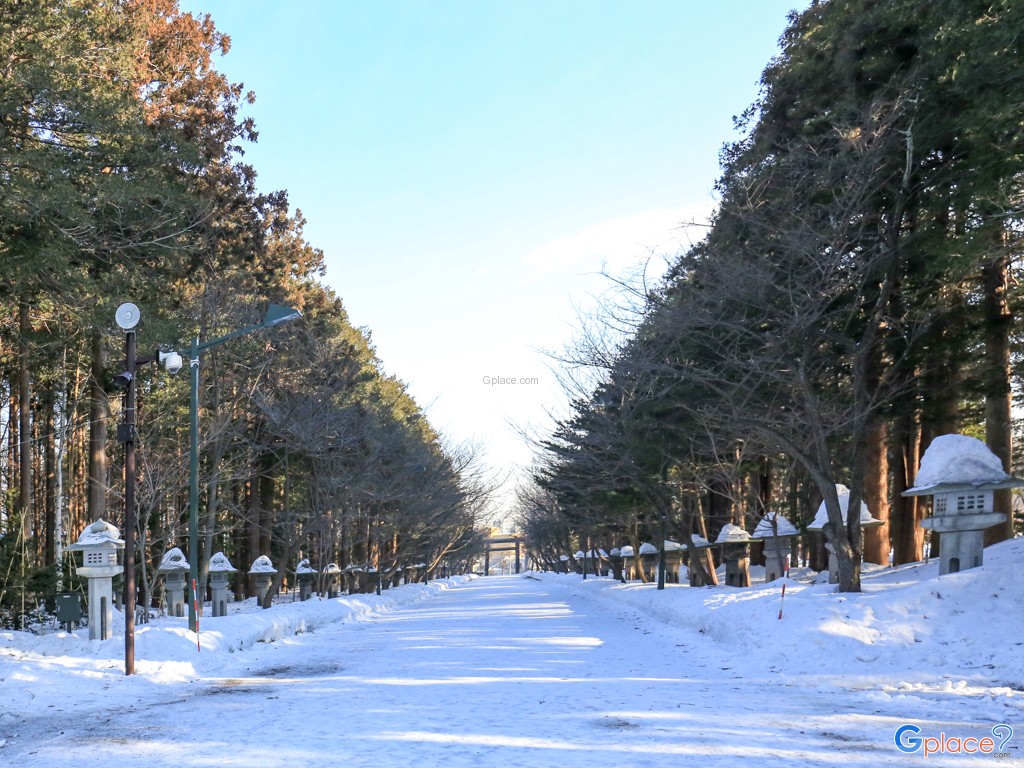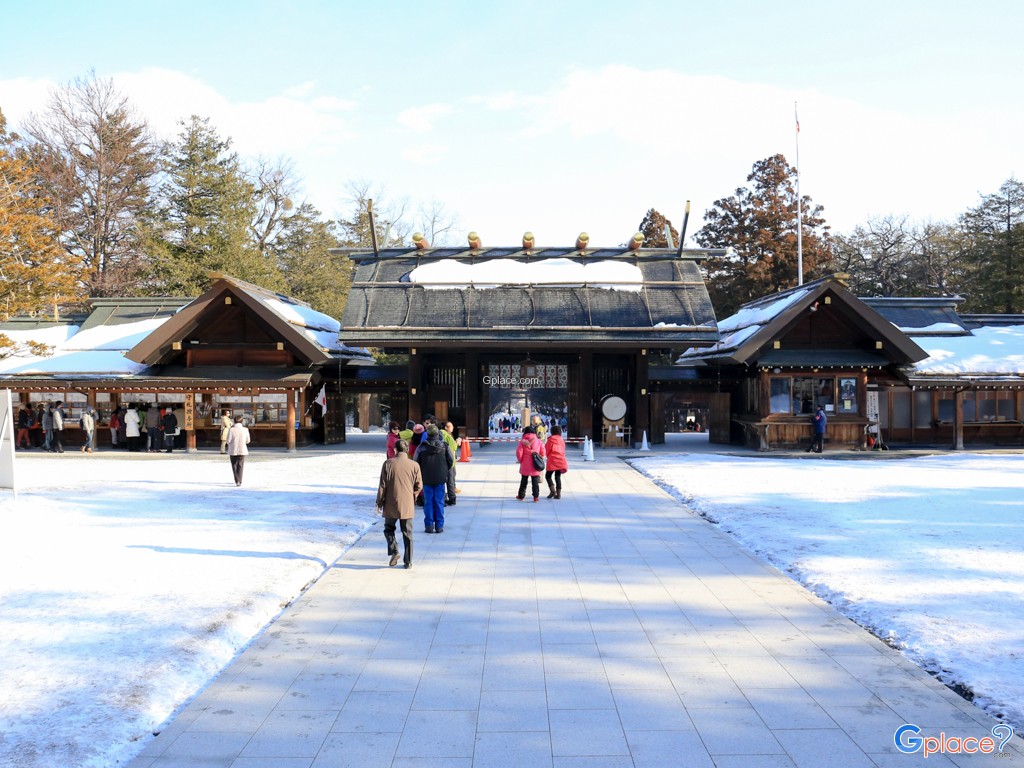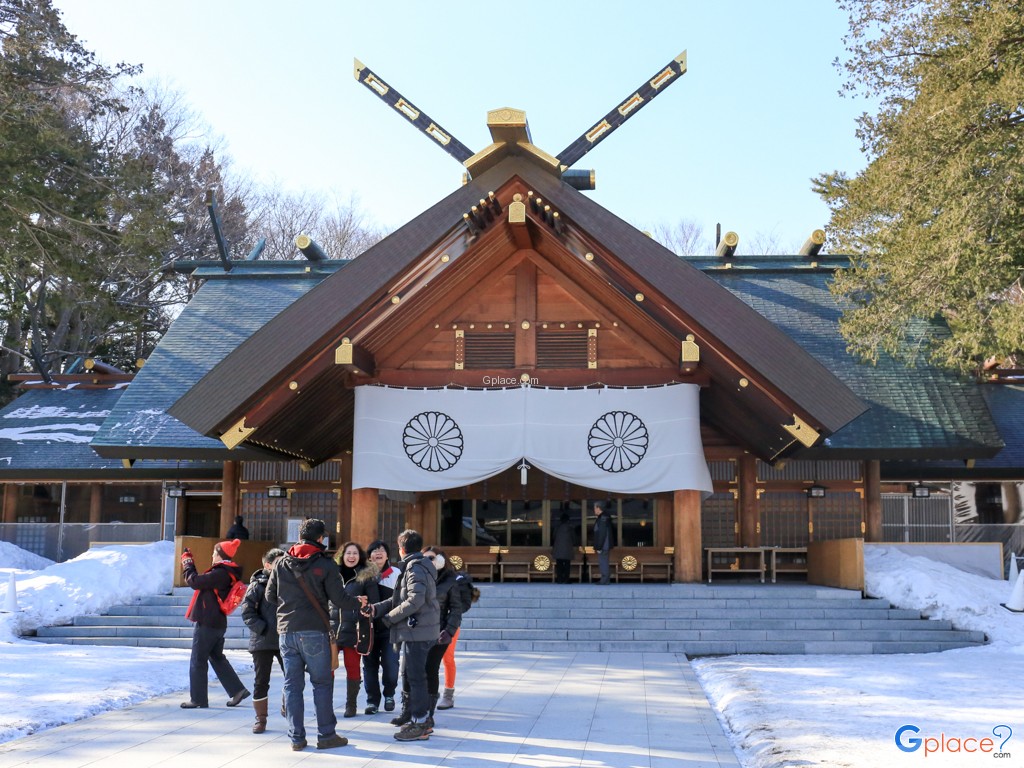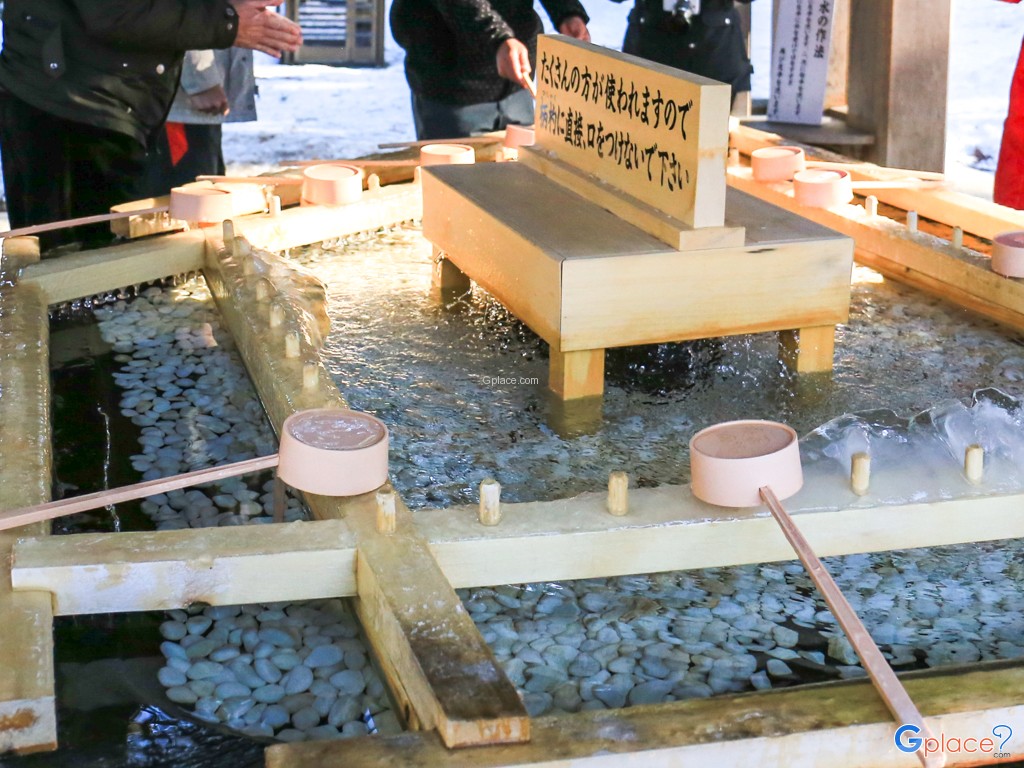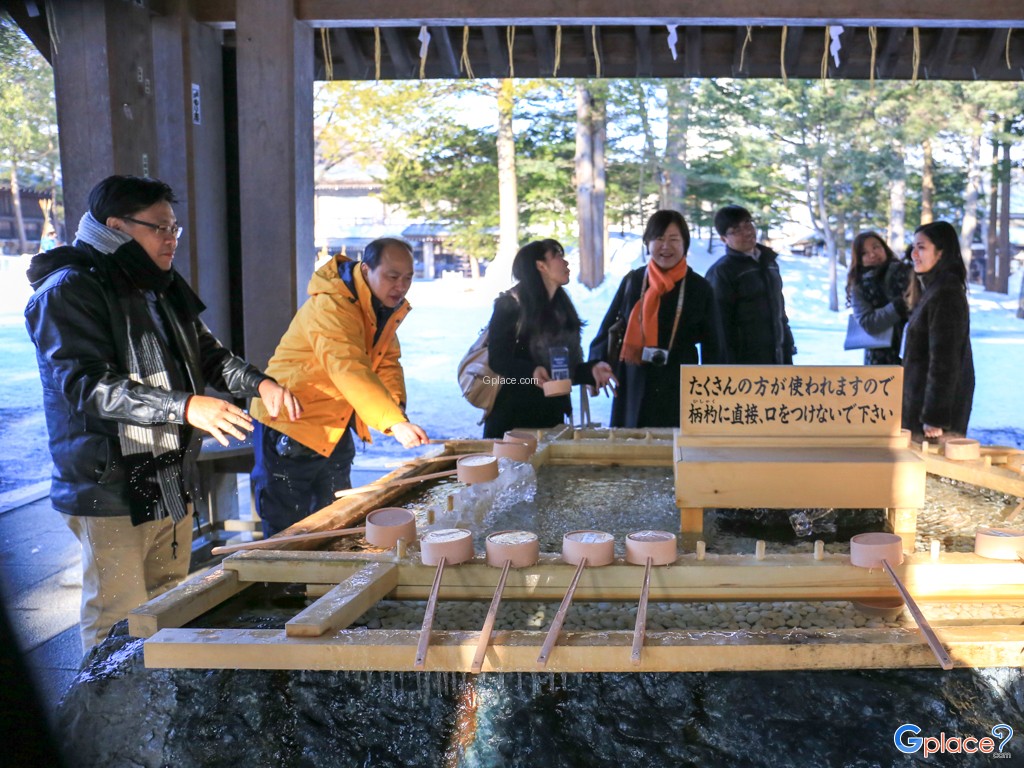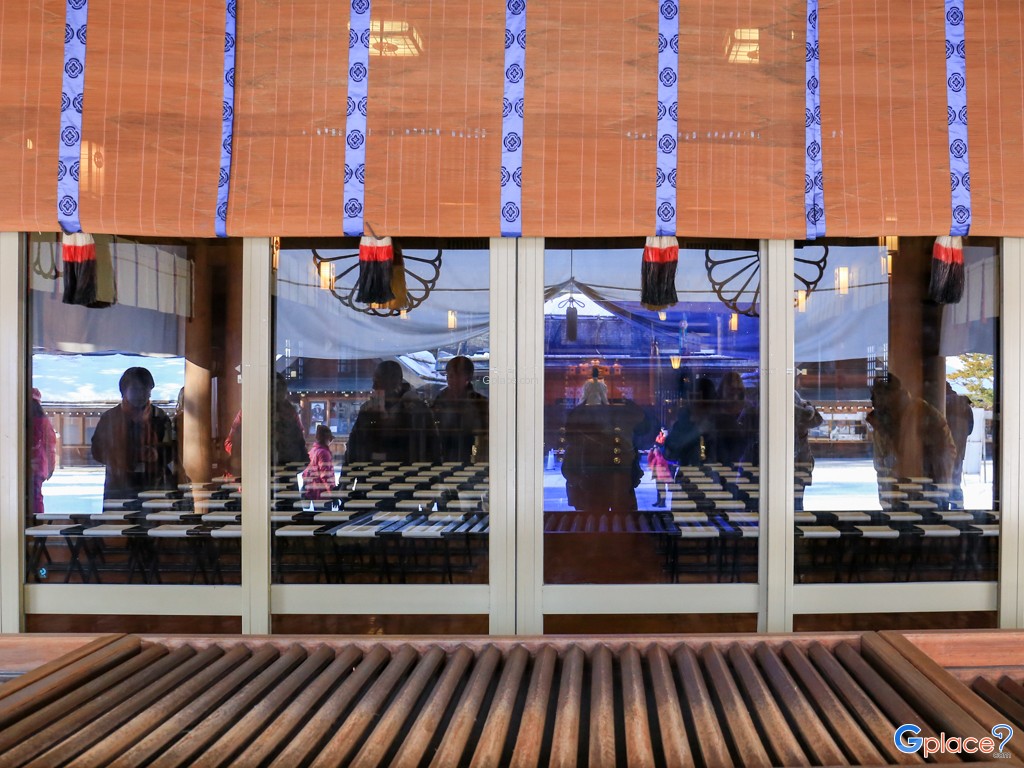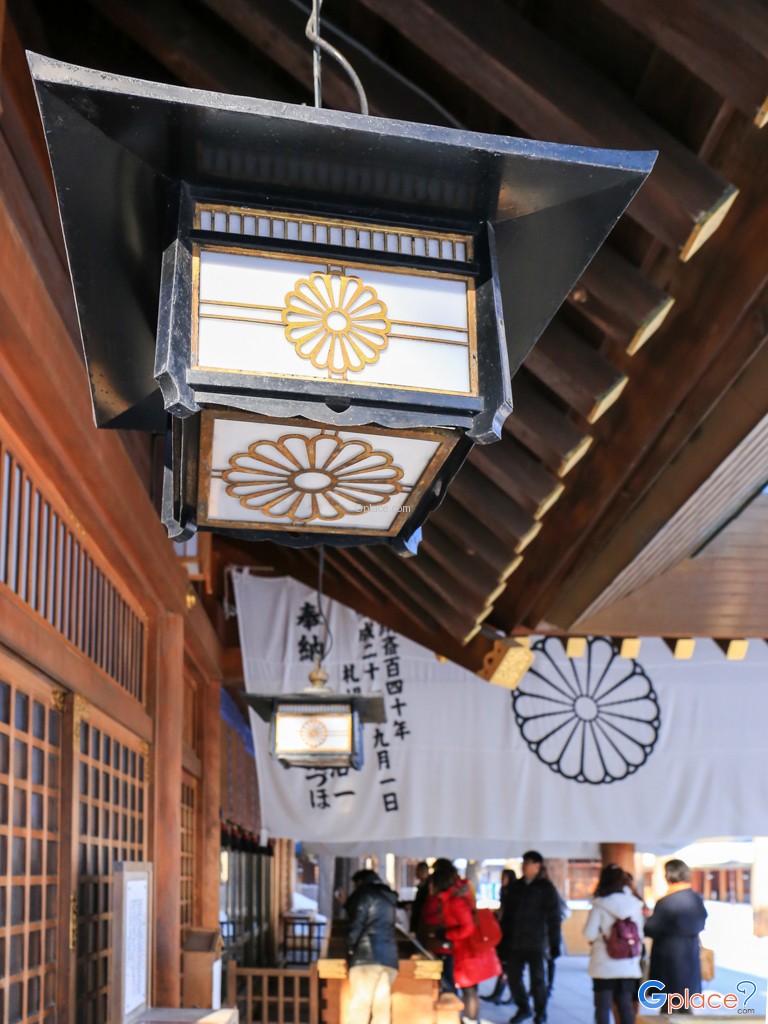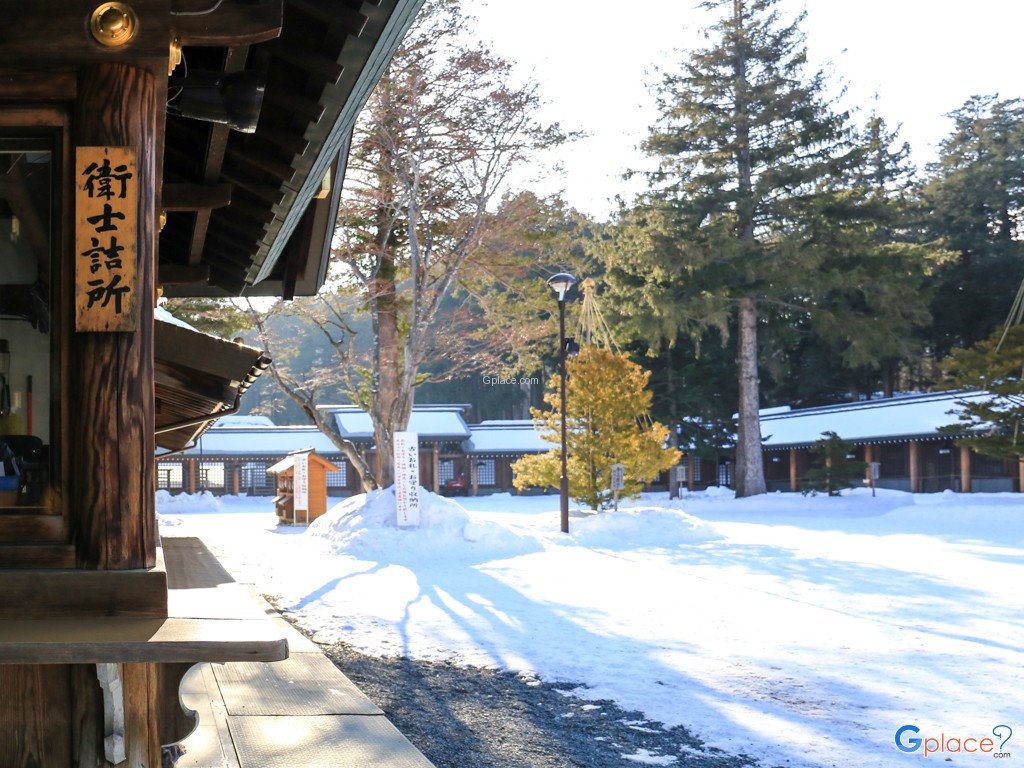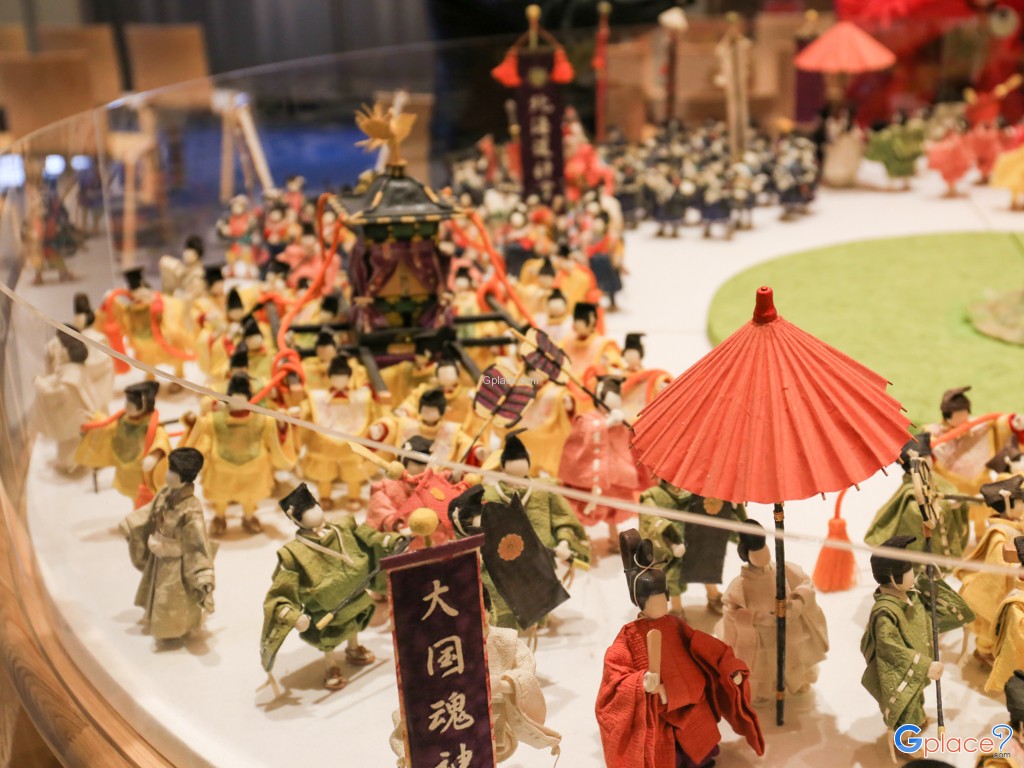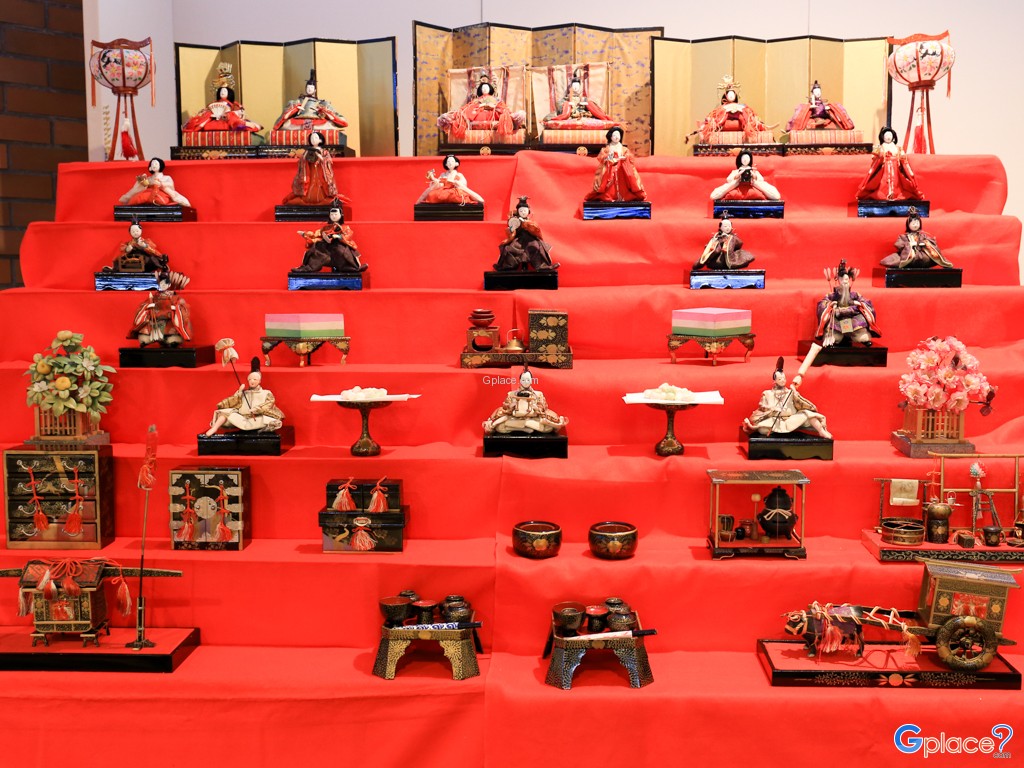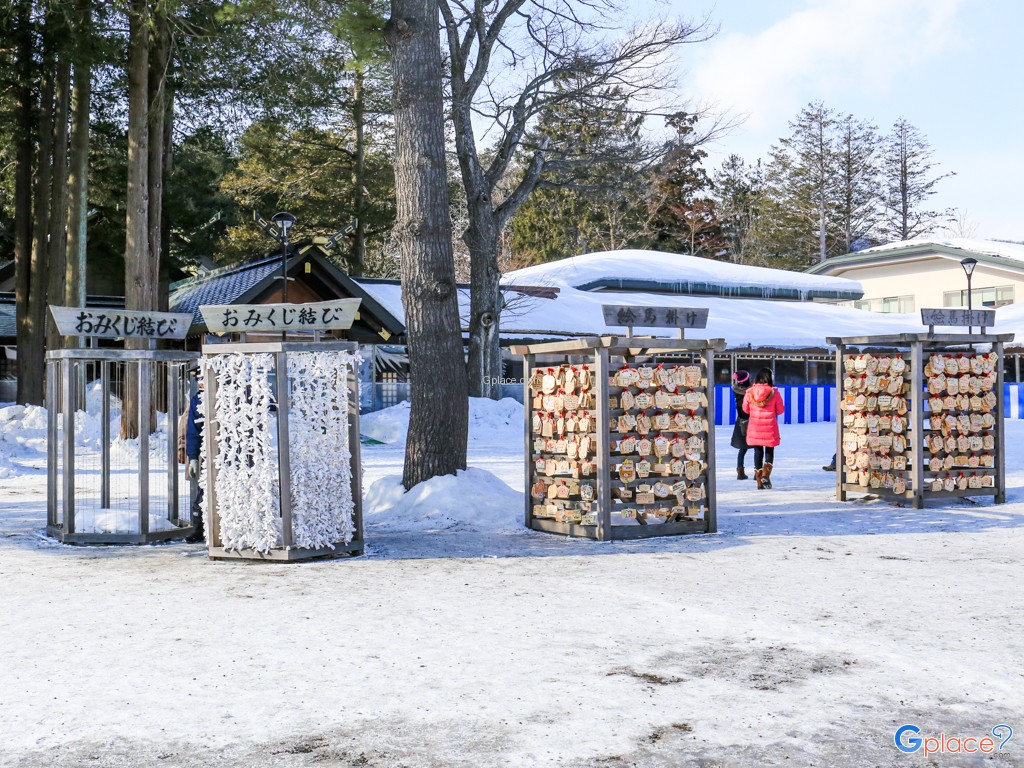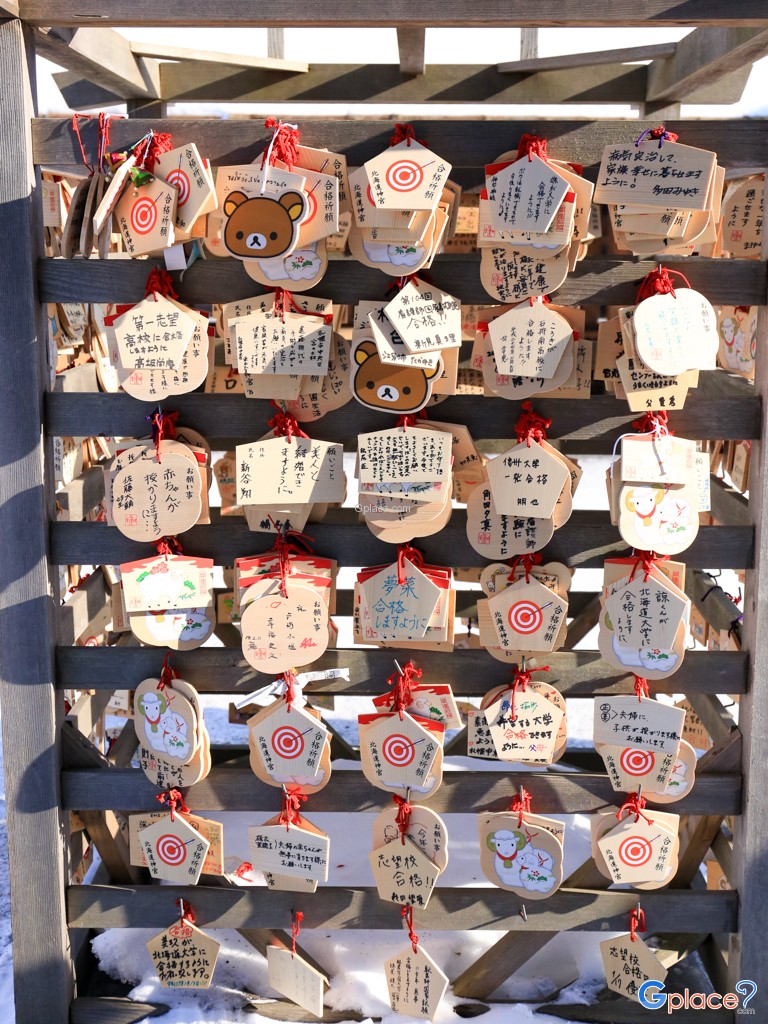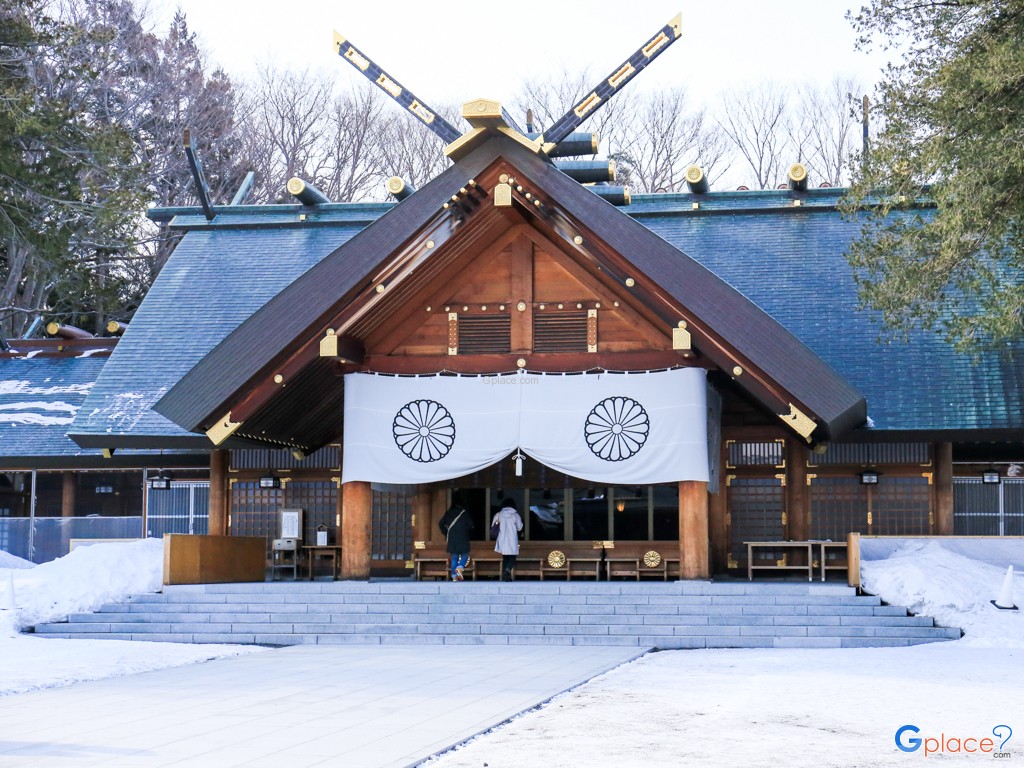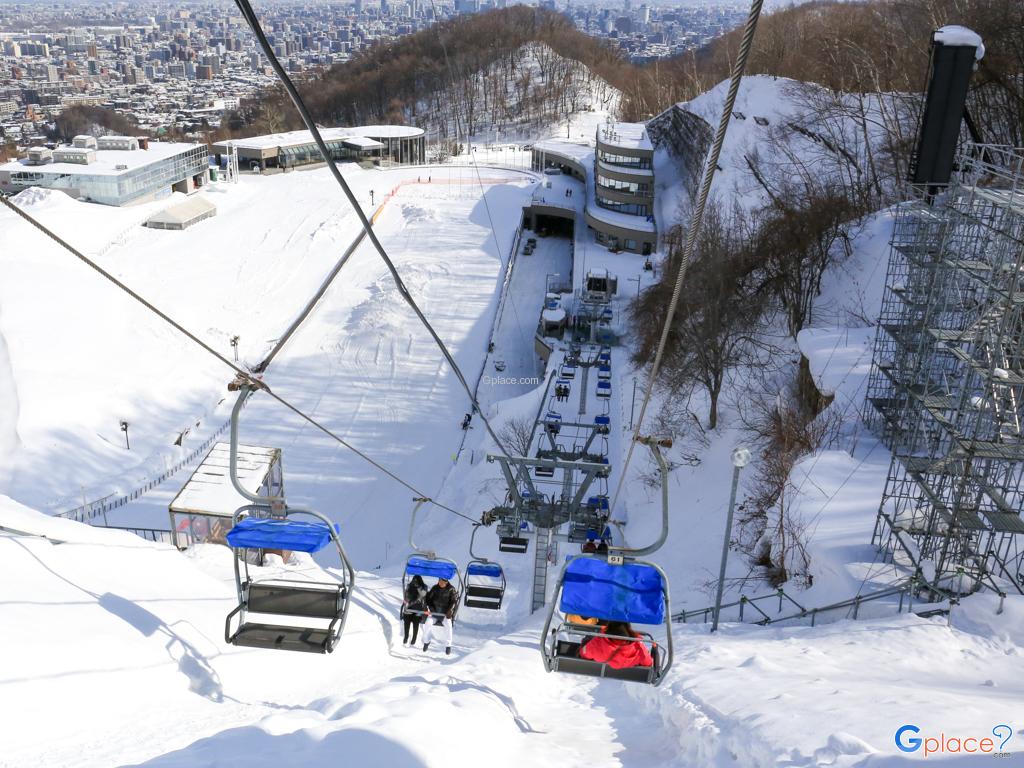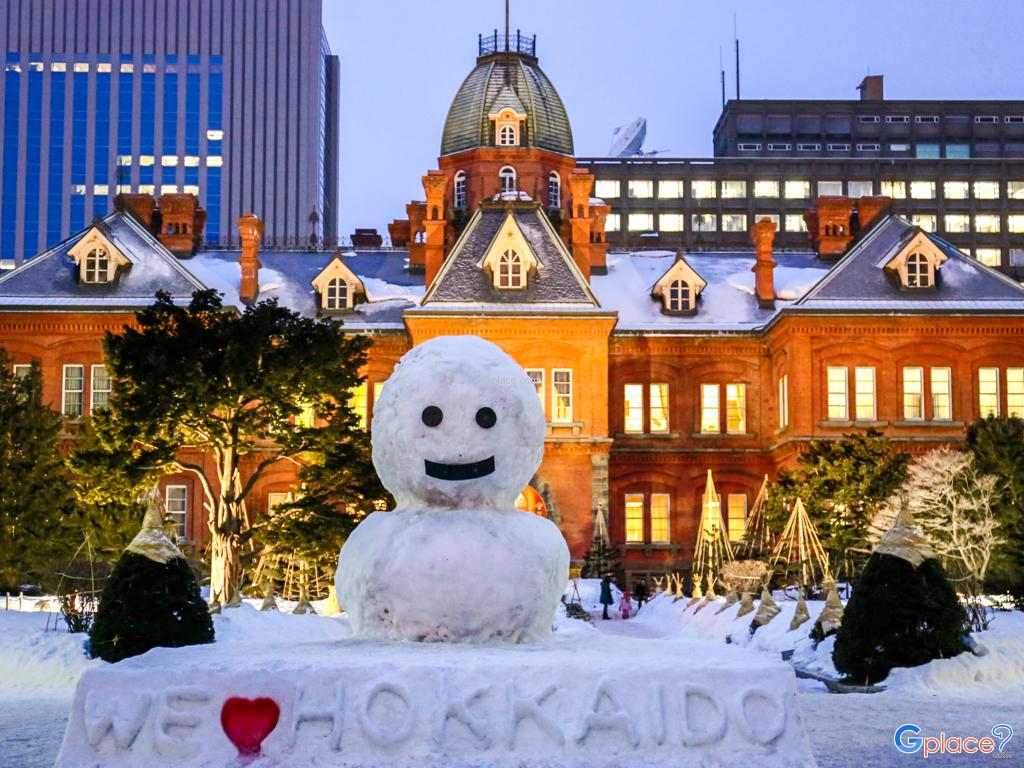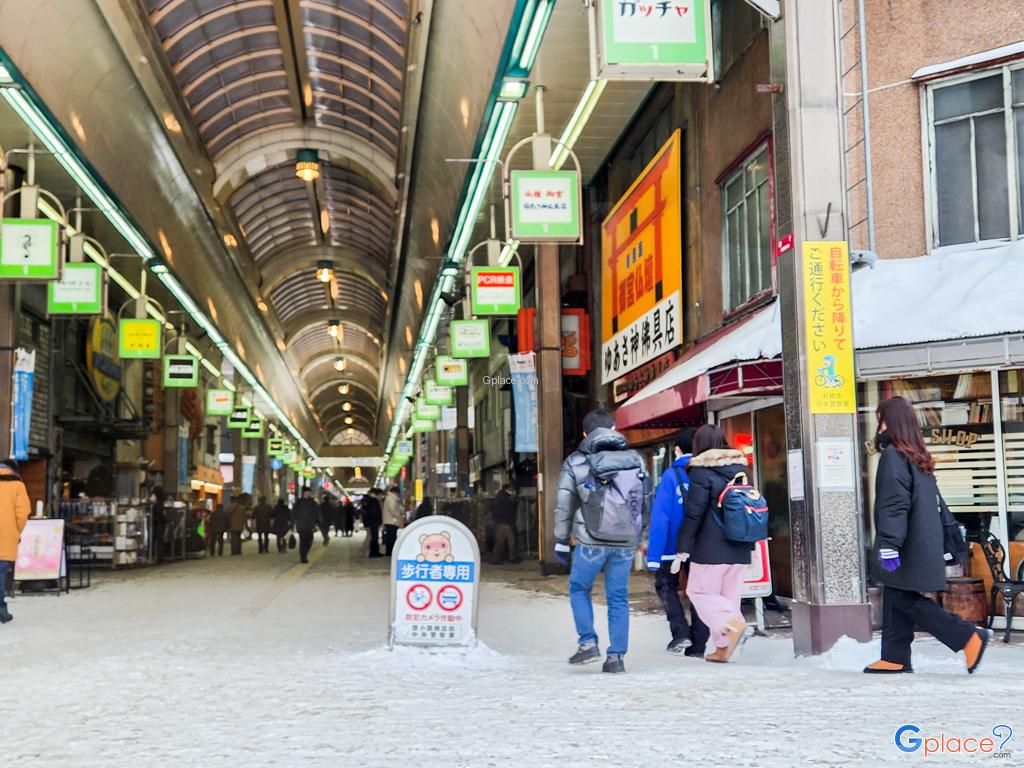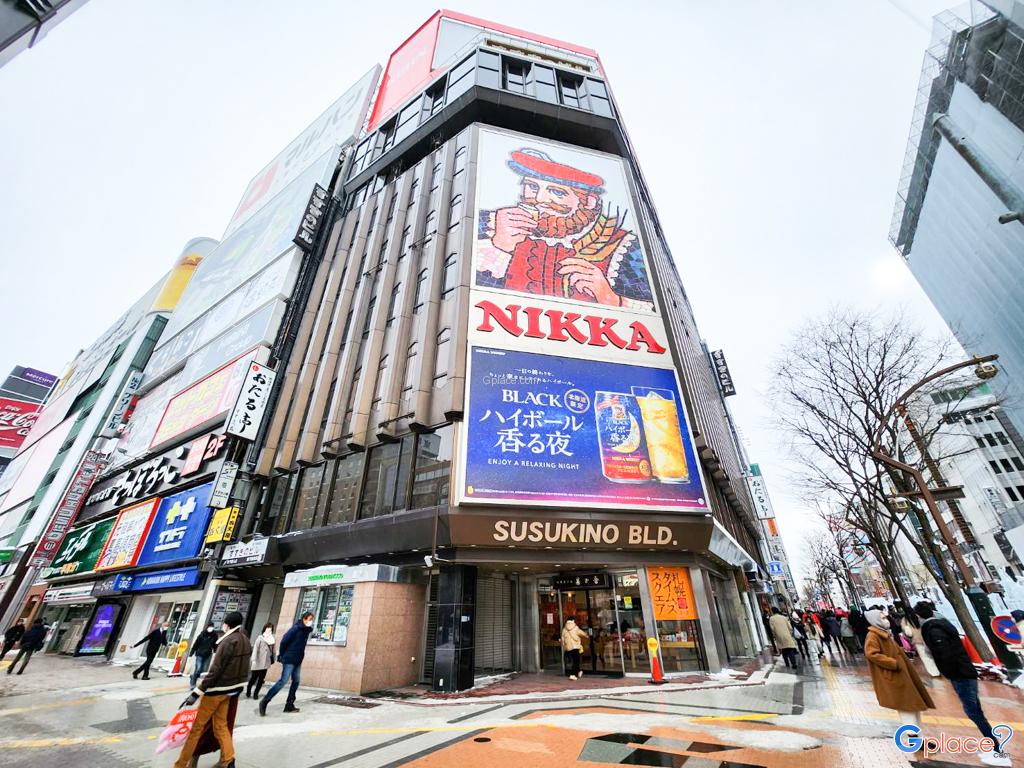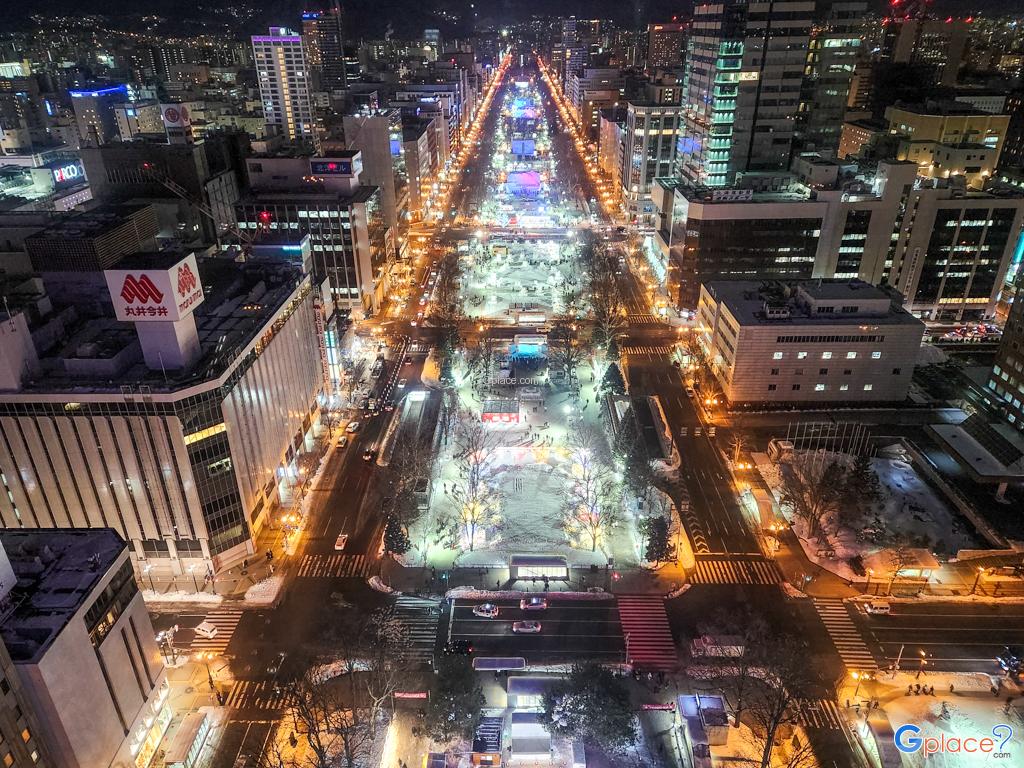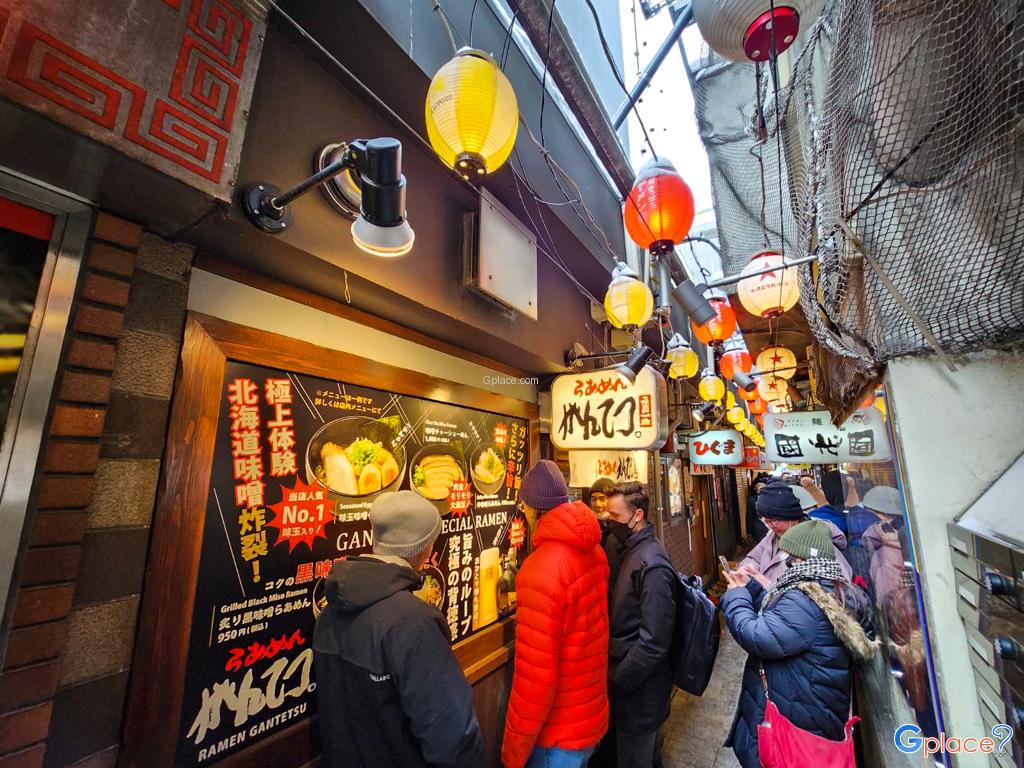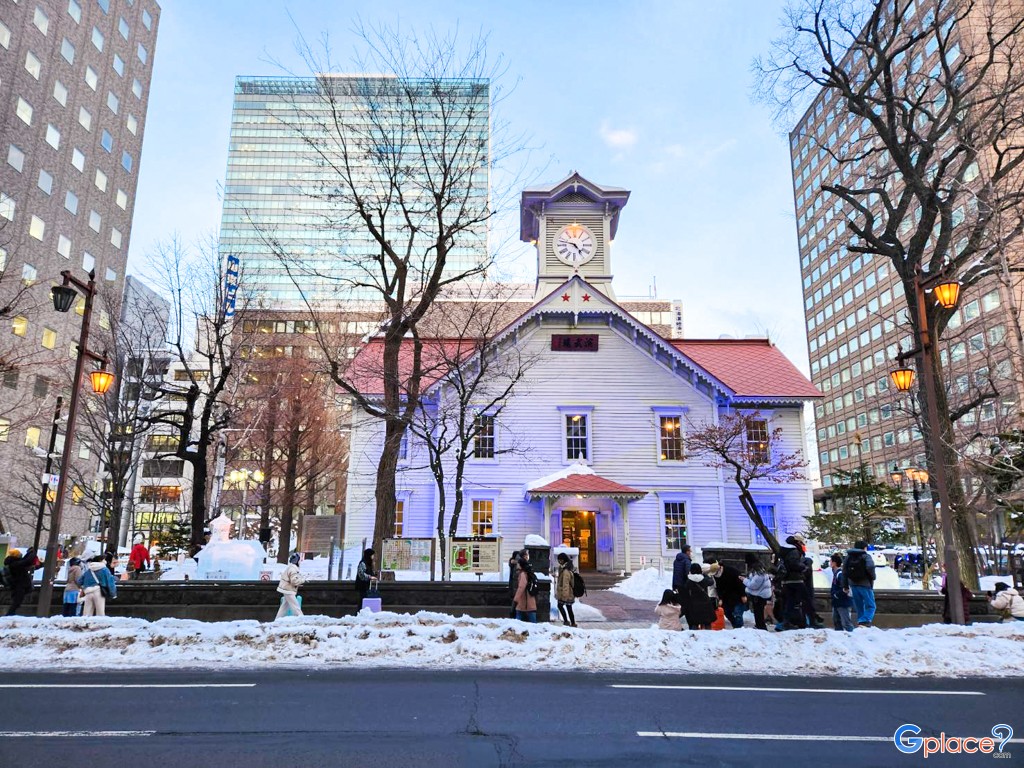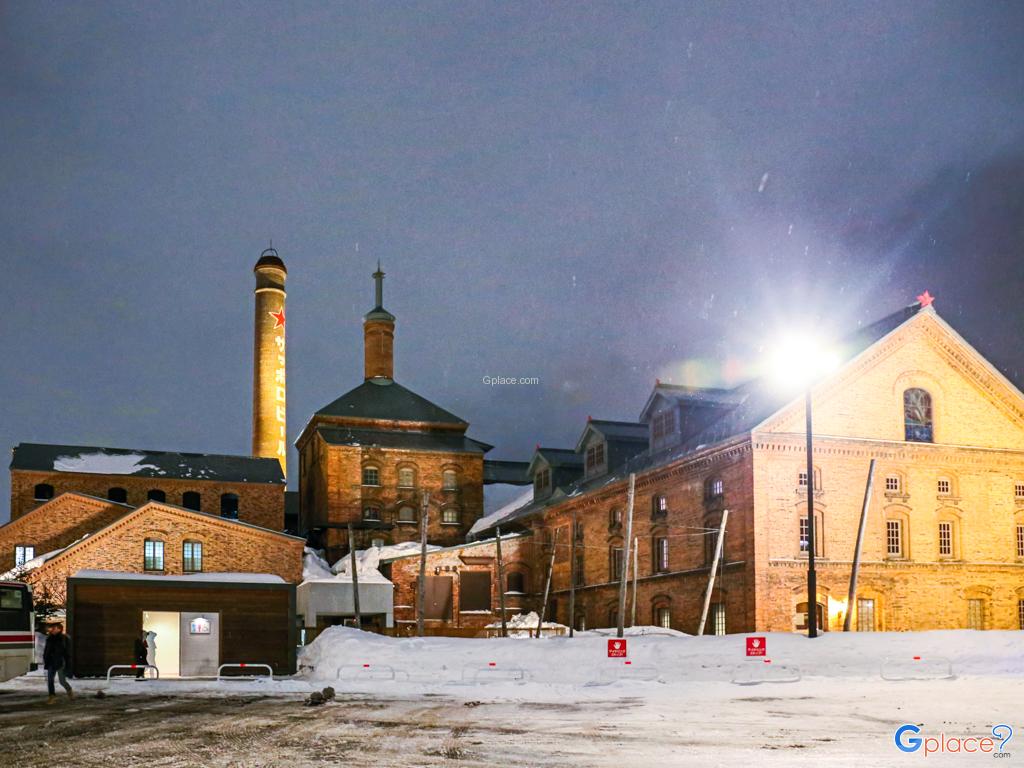“A sacred shrine surrounded by nature where cherry and plum blossoms bloom together in spring, symbolizing the harmony of Hokkaido’s spiritual and natural heritage.”
The Hokkaido Shrine (Hokkaidō Jingū) was founded in 1869 (Meiji 2) under the Imperial Order of Emperor Meiji, during Japan’s era of modernization and northern expansion. At that time, Hokkaido was being settled as a new frontier, and Emperor Meiji decreed that three protective deities—Ōkunitama no Ōkami, Ōnamuchi no Ōkami, and Sukunahikona no Ōkami—be enshrined here. These gods, collectively called the Kaitaku Sanshin (Three Deities of Pioneering), represent fertility of the land, human endeavor, and vitality — the essential forces for successful settlement.
This act was deeply rooted in what scholars call “Pioneer Theology.” It reflected the State Shinto ideology of the Meiji period, framing the colonization of Hokkaido not as mere political expansion, but as a sacred mission ordained by divine will. In 1871, the spirits of the deities were ceremonially transferred from Tokyo to Sapporo, where they were permanently enshrined at this location.
Later, in 1964, the spirit of Emperor Meiji himself was added, further elevating the shrine’s spiritual and national significance. The shrine’s elegant Shinto architecture, surrounded by the old-growth forests of Maruyama Park, makes it a serene escape in every season — especially during spring cherry blossoms and winter snowfalls, when the shrine is at its most picturesque.
Today, Hokkaido Shrine remains both a religious center and a cultural heritage site, preserving centuries of Shinto tradition while continuing to host some of Hokkaido’s most important ceremonies.
------------------------------------------------------------------------------------------------------------------------
Major Festivals:
-
Festival of the New Year (January 1st):
Marks the beginning of the year, offering prayers for peace, Japan’s prosperity, and blessings to the Imperial Household. -
Setsubun – Festival of the Parting of the Seasons (February 3rd):
Celebrates the start of spring by throwing beans to invite good fortune and drive away evil spirits. -
National Foundation Day (February 11th):
Commemorates the founding of Japan by Emperor Jinmu over 2,600 years ago. -
Festival of Praying for Fertility (February 17th):
Prayers for agricultural and industrial prosperity and bountiful harvests. -
Main Festival of Hokkaido Shrine (June 14–16):
Known as the Sapporo Festival (Sapporo Matsuri) — one of Japan’s ten largest festivals. A grand parade of Mikoshi (portable shrines) and costumed participants attracts nearly 800,000 visitors. -
Great Purification Ceremony (June 30th):
Purifies sins and renews the spirit before entering the second half of the year. -
Festival of the Pioneers Shrine (August 15th):
Honors 34 men who contributed to Hokkaido’s reclamation. Around 500 children carry miniature shrines in procession. -
Festival of Memorial Enshrined Deities (September 1st):
Marks the enshrinement of the three deities in 1871. -
Festival of Emperor Meiji (November 3rd):
Celebrates the birth of Emperor Meiji. -
Niinamesai – Thanksgiving Festival (November 23rd):
Originated from ancient rice festivals; the Emperor offers the year’s first harvest to the gods in gratitude. -
Festival of the Present Emperor’s Birthday (December 23rd):
Offers congratulations and prayers for the reigning Emperor’s long life. -
Year-End Great Purification (December 31st):
Cleansing ceremony before welcoming the New Year.
Monthly Rituals: On the 1st, 10th, 15th, and 20th of every month at 10:00 a.m., priests offer prayers for world peace, Japan’s welfare, and Hokkaido’s prosperity.
How to Get There
- From Odori Station, take the Tozai Subway Line to Maruyama-Koen Station. The shrine is about a 10–15-minute walk through Maruyama Park, following the tree-lined approach that leads to the main torii gate.
Travel Tips
-
Visit during Sapporo Matsuri (June 14–16) for the most festive atmosphere.
-
Cherry blossom season (late April – early May) is another highlight.
-
Combine your visit with Maruyama Zoo and Maruyama Park for a full-day experience.
-
Respect shrine etiquette: bow before entering, rinse hands at the purification basin, and make offerings quietly.
Admission Fee:
- Free (donations appreciated).
Opening Time:
- Shrine Grounds: 6:00 AM – 5:00 PM (seasonal variations apply)
Treasure Hall & Offices: 9:00 AM – 4:00 PM

















